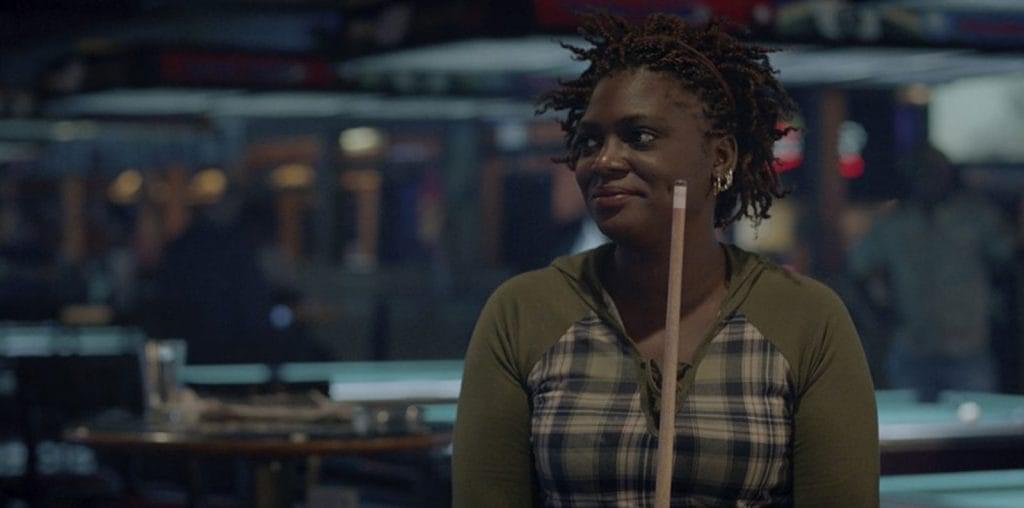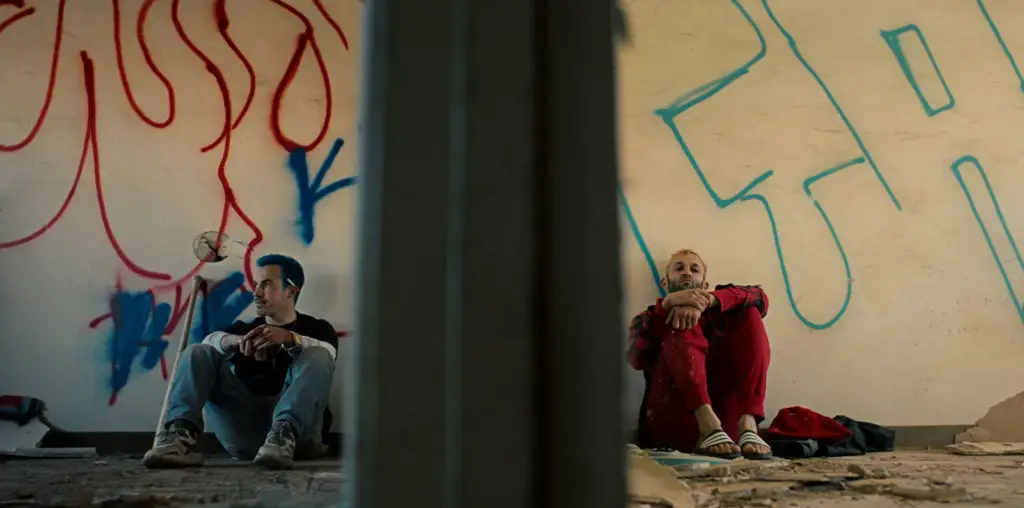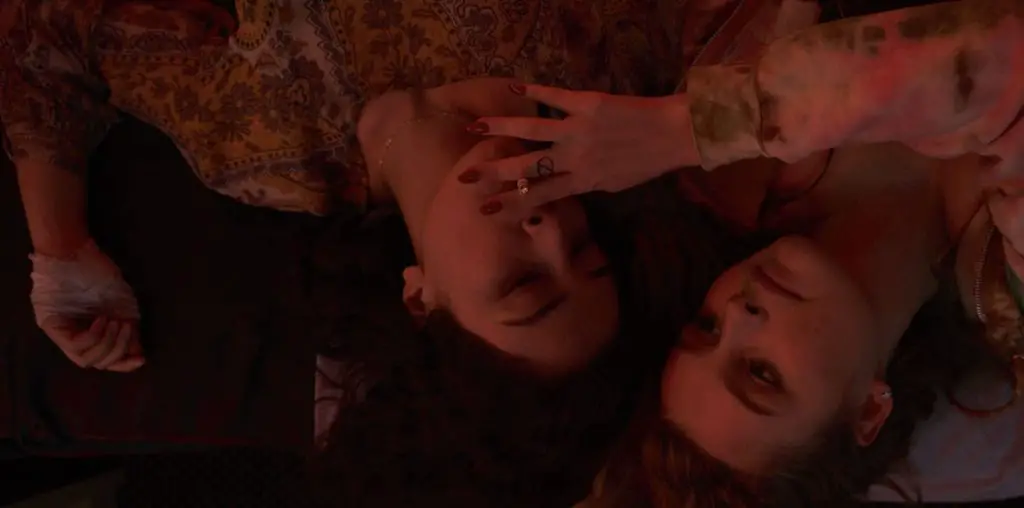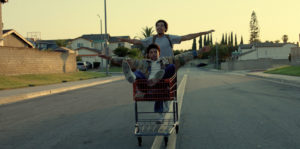
We’re all intrinsically wired for self-preservation, but that doesn’t mean we know the right path to walk when life throws us headlong into the fire. Despite our intentions, we may only manage to barely keep our noses above water while treading every minute of every day, with no hope of any long-standing respite. But our tribulations become infinitely more complex when we must also care for others, especially family. While all of these facets are explored through Simon Steuri’s debut feature, How I Learned to Fly, the film is also defined by its treatment of trauma, socioeconomic desperation, and the positive power of coincidence.
When two teenage brothers, Daniel (Marcus Scribner) and Eli (Lonnie Chavis), find themselves suddenly abandoned by their parents, life only gets progressively harder with each passing day. While Daniel juggles school and a part-time job washing dishes, he also cares for Eli as best as he can — whose abuse at the hands of their father, Cliff (Method Man), has left permanent scars on the younger brother’s psyche. While Daniel makes increasingly hard decisions to keep what’s left of their fractured family together, Eli struggles to cope with their absent mother (Crystal Bush) while leaving her daily voicemail messages that always go unanswered.
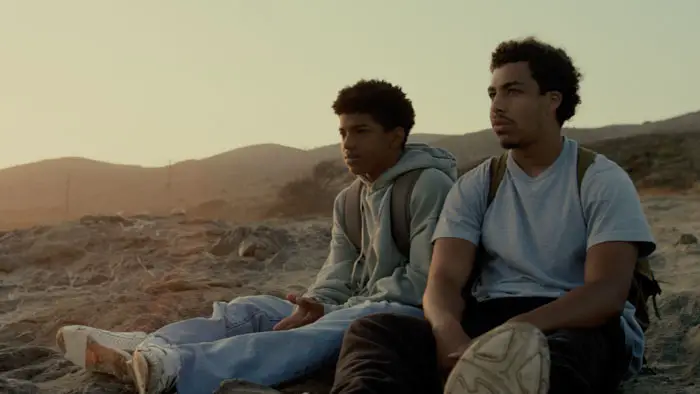
“…two teenage brothers…find themselves suddenly abandoned by their parents“
How I Learned to Fly is a resident of what I refer to as the Theater of Coincidence — a kind of storytelling propelled by the main characters happening upon each beat as they find them. Films of this ilk — like Antonio Méndez Esparza’s Life and Nothing More and Amman Abbasi’s Dayveon — showcase characters meandering from scene to scene, with most major plot points occurring primarily out of the protagonists’ control. This narrative structure (or lack thereof) ends up as both a profound positive and a somewhat detractive negative for How I Learned to Fly.
The floundering desperation of Daniel and Eli making their way through a world they’re convinced doesn’t care or understand them is echoed superbly throughout How I Learned to Fly‘s collection of moments — both mundane and pivotal. But at the same time, this approach causes the film’s center to lag far more than what I assume the filmmakers intended, where storytelling elements and characterization points are merely repeated rather than expanded upon. This is strongly reflected in the supporting characters of Louis (Cedric The Entertainer), Yaya (Michele Selene Ang), and Katherine (Jennifer Lee Laks). While these performances are well-acted and deliver moments of poignant empathy or punchy and sardonic wit in Yaya’s instance, they’re also underutilized. That isn’t to say that I’d just like to see them all play even larger parts in the story, but that the parts they do play come across as simple archetypes delivering all-too-well-timed life lessons, rather than them being actual people — a stark difference to the way the brothers and their parents are written and performed.
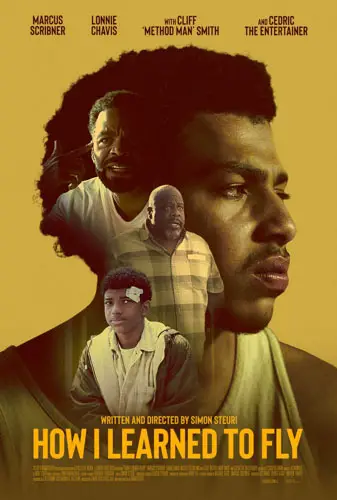
"…the world feels alive and moving, even when the brothers have little or no influence."
